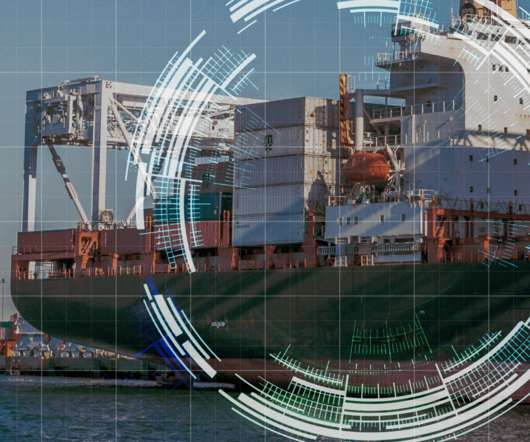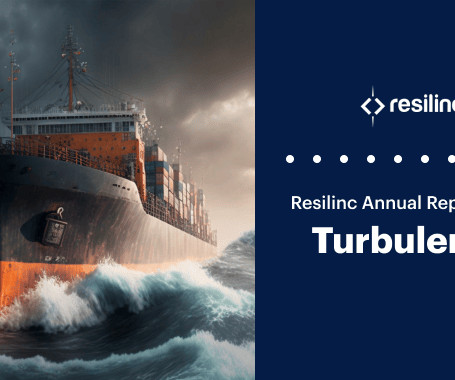Can Australian Manufacturing be Brought Back Home from China?
Logistics Bureau
JUNE 21, 2020
The short answer is that it is indeed possible to re-shore manufacturing but it will take a change in government policies as well as sizeable state incentives to private enterprise to turn the ship around. Government incentives. Government policy. Can a Re-shoring Drive Reverse the Outsourcing Trend?




















Let's personalize your content